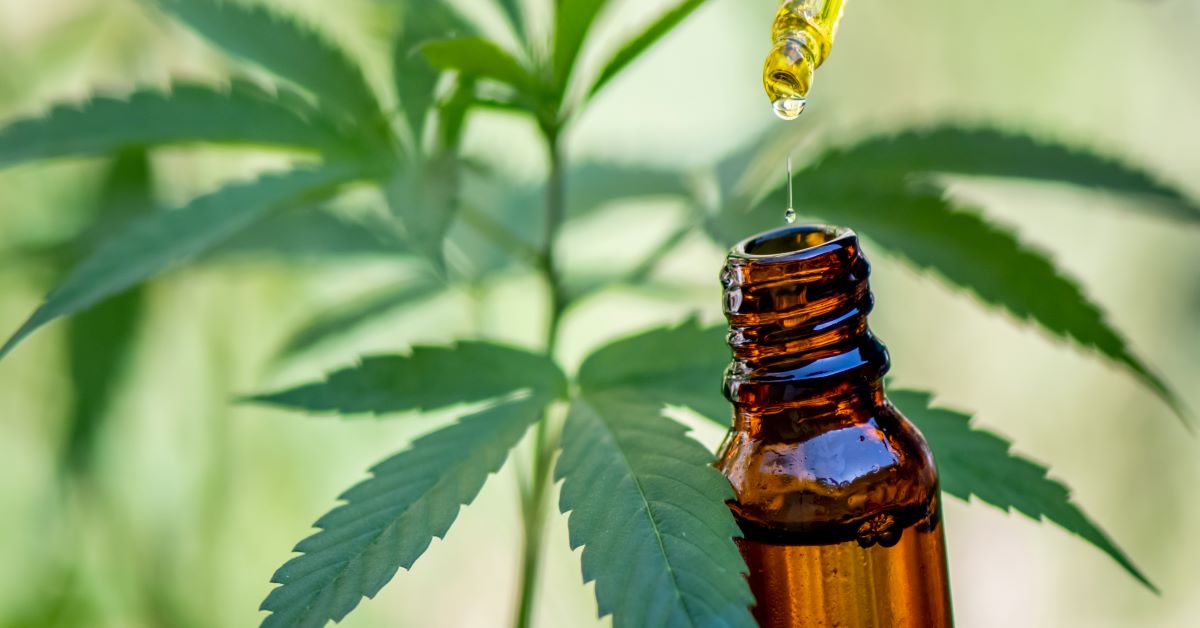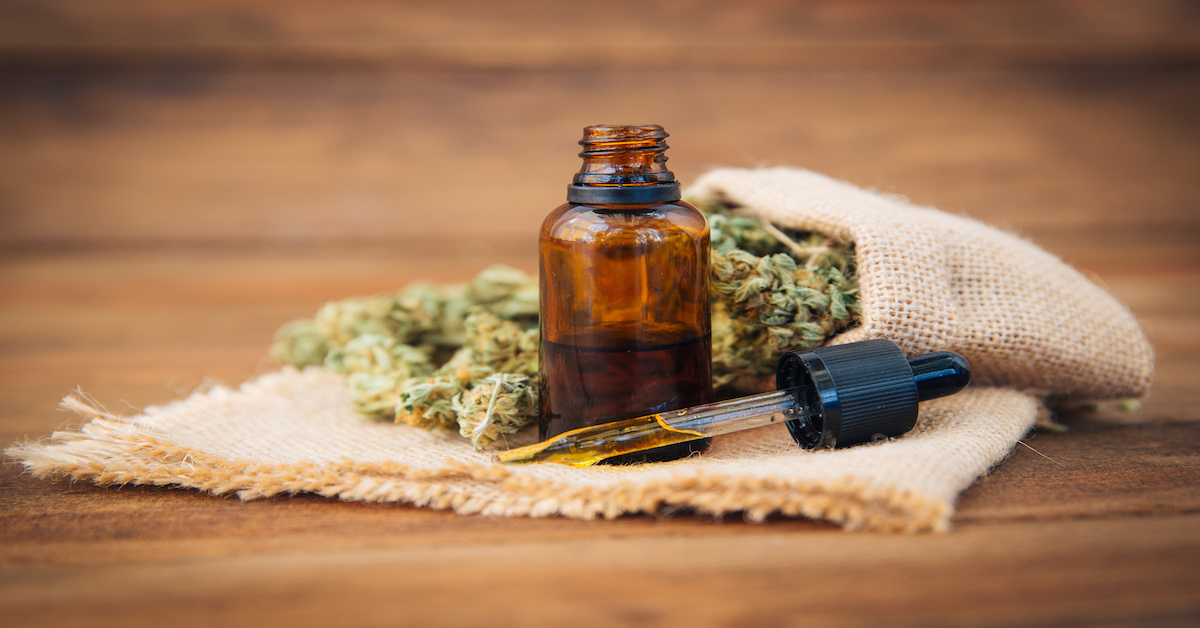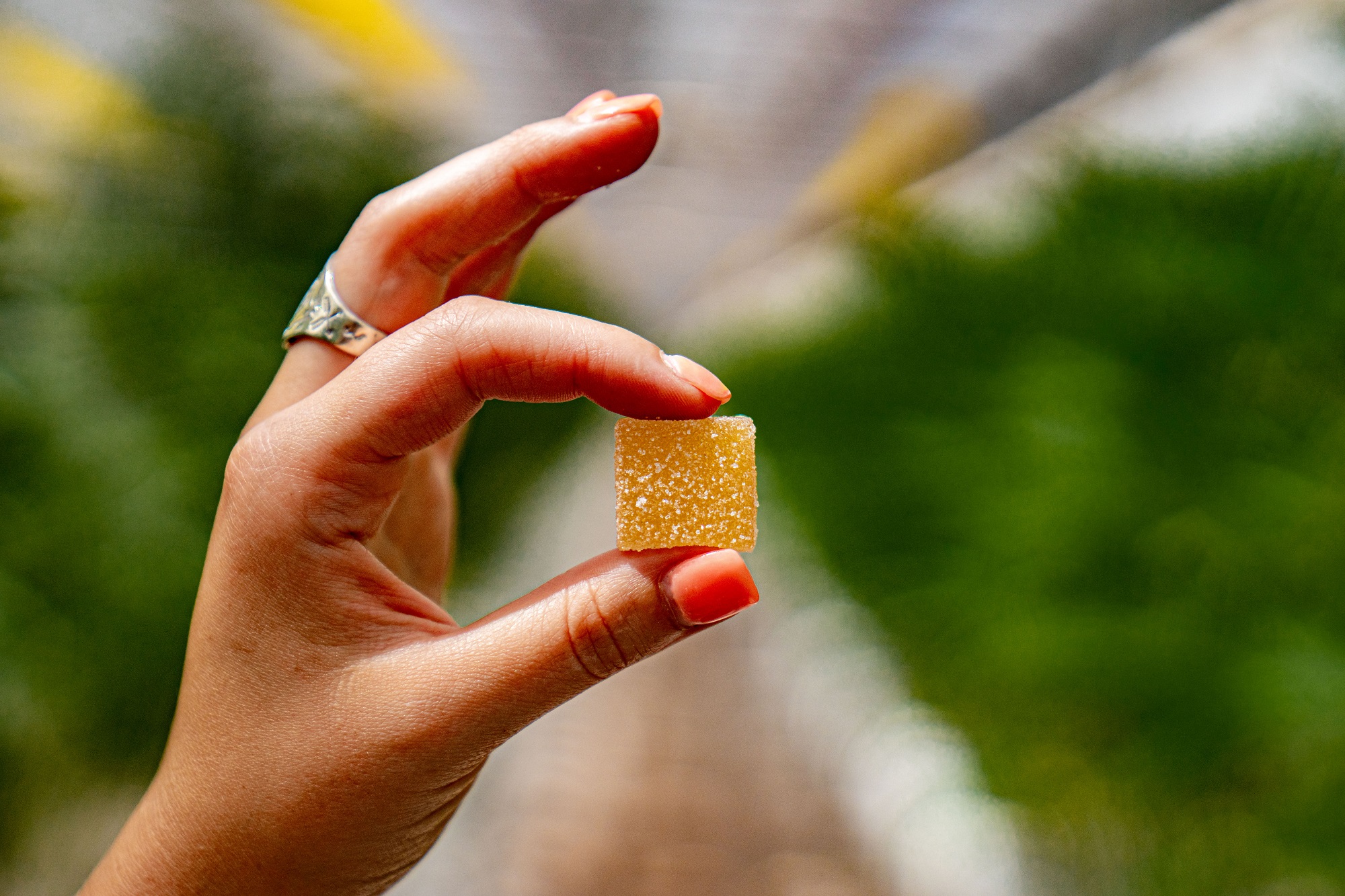- Filter by
- Categories
- Tags
- Authors
- Show all
- All
- Cannabis
- cannabis dispensary portland
- Cannabis near me
- Cannabis Portland
- cannabis products portland
- CBD in Portland
- CBD Products Portland
- Dispensary
- dispensary NE Portland
- dispensary portland
- dispensary portland or
- Edibles
- Edibles Portland
- how long do edibles last
- how long does weed stay in your system
- Insomnia
- marijuana dispensary
- Marijuana store Portland
- Medical Marijuana
- medical marijuana dispensary NE portland
- Medical Marijuana Dispensary Portland
- THC Edibles
- weed edibles
- Weed Portland
December 9, 2021
Cannabidiol, also known as CBD, is a chemical in the Cannabis sativa plant and is a popular natural remedy used for many common ailments. CBD is […]
Do you like it?
January 19, 2022
Getting a good night’s rest is one of the most important things you can do for your health. Unfortunately, insomnia is common and affects millions of […]
Do you like it?
April 22, 2022
With the legalization of cannabis in many states, there is now a wide variety of cannabis products available on the market. For new users, this can […]
Do you like it?
March 9, 2023
One of the most popular ways of consuming cannabis is through edibles, foods infused with cannabis. However, edibles can be much more potent and longer-lasting than […]
Do you like it?
Check out our daily deals section! Dismiss




